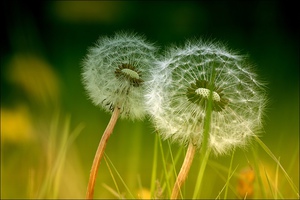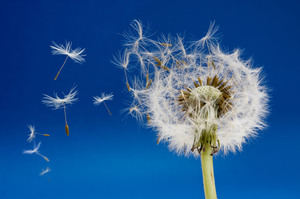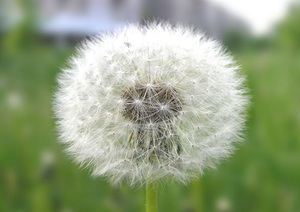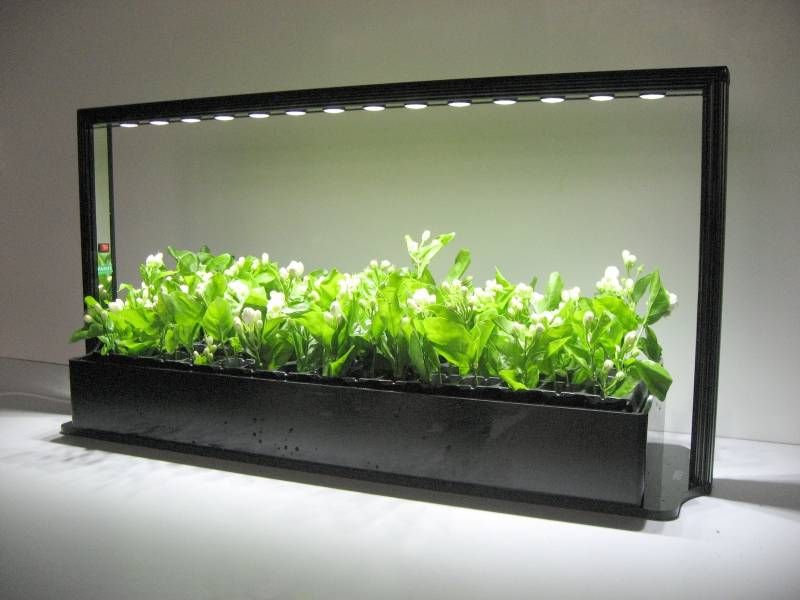 For the normal development of plants, dandelions need sunlight. This can be easily seen when they stretch upward towards the light. With a lack of lighting in plants, the physiological cycle is disrupted, the process of etiolation occurs. Their stems become brittle and weak, and they tilt to the side.
For the normal development of plants, dandelions need sunlight. This can be easily seen when they stretch upward towards the light. With a lack of lighting in plants, the physiological cycle is disrupted, the process of etiolation occurs. Their stems become brittle and weak, and they tilt to the side.
Many people are interested in the question of how indoor plants react to lighting, and what to do in a situation when it is not enough for full development? How does a dandelion behave, what is its reaction to lighting?
Dandelion flower
A perennial herb dandelion of the Asteraceae family got its Russian name because of its lightness. Its seeds, at the slightest breath of wind, instantly fly off the stem after ripening. It is also called the "sun flower" because it instantly reacts to sunlight and lighting. In its absence or during the period of rain, the petals close.
Despite its small size, dandelion has fleshy and long root up to 2 cm thick. It reaches a length of 60 cm, has branches. It has rich green leaves, smooth and juicy. The flowers are bright yellow, collected in a basket, and the flower arrow is naked and hollow inside. The plant blooms from May to June, and then again in September. The dandelion's fruit is a gray-brown achene with a tuft, it consists of soft white hairs. Any part of a medicinal plant contains a bitter milky juice.
Unpretentious plant can grow in many places:
- wasteland and meadow;
- park and ravine;
- vegetable garden and garden;
- near the roads.
The dandelion loves well moist and rich soils and, growing, forms whole thickets.
People have long known about its healing properties. Elixirs and tinctures were prepared from the plant. Plant stem and root used in the treatment of many diseases:
- hematopoietic system;
- liver;
- spleen;
- with metabolic disorders;
- cholecystitis;
- to increase male potency;
- to improve lactation in nursing mothers.
The medicinal plant is very popular in cosmetology. Masks are made of itthat rejuvenate the skin. Dandelion tinctures can help get rid of freckles and pigmentation.
Reaction to sunlight
 In good light, when the sun's rays hit the dandelion, the plant begins the process of photosynthesis. Thanks to this, organic matter is produced. Photosynthesis process helps plants breathe and develop further.
In good light, when the sun's rays hit the dandelion, the plant begins the process of photosynthesis. Thanks to this, organic matter is produced. Photosynthesis process helps plants breathe and develop further.
The plant world obeys a biological rhythm, including the dandelion. From observations, it is clear that its daily frequency of blooming of inflorescences begins at the same time. At exactly 6:00 in the morning, bright yellow baskets unfold and close at 15:00. This is how the dandelion reacts to too bright lighting and escapes from it. Most plants do not tolerate the high power of solar radiation. Inflorescences of the "sun flower" react to changes in weather conditions, atmospheric humidity and lighting. In cloudy or rainy weather, the dandelion baskets are closed to protect the pollen from moisture.
Each plant in its own way adapts to climatic conditions and without natural environment and lighting, they can die. Too bright light also harmful to most flowers and other types of vegetation. This is especially harmful on hot summer days, in the daytime, when the sun is high in the sky.
Natural light affects niktinakticheskoy movement, therefore, flowers from early morning open inflorescences, and by evening they are already closed. Leaves of flowers and other plants can behave in the same way. Lack of lighting can have a bad effect on the vegetative state, delay it. Dandelion leaves grown in the dark lose the bitterness that they usually have. They also take on a different color, they lose their bright green color and turn white. Leaves without illumination stretch strongly, but elasticity remains in them. They are just as juicy and delicious, which is why they are often grown in the dark for salads.
Interesting Facts
 For hundreds of years, people have been using this medicinal plant for various purposes. They began to be eaten long ago. Young shoots have stems devoid of bitterness, of which prepare various vitamin salads and first courses.
For hundreds of years, people have been using this medicinal plant for various purposes. They began to be eaten long ago. Young shoots have stems devoid of bitterness, of which prepare various vitamin salads and first courses.
Fried root rosettes taste like a delicacy. The French have long appreciated the taste of dandelions and are now growing cultivars with softer and larger leaves.
The roasted roots of the plant are often used to make a drink. Dried and Toasted Dandelion Roots taste like coffee.
The flowers of the herbaceous plant are used to make wine and jam, and from the blossoming inflorescences "dandelion" honey is obtained.
In ancient China, court healers prepared an erotic elixir from dandelions for emperors. It was believed that the daily use of this bitter drink greatly increased male potency.
In ancient Greece, the plant called "the elixir of life", consumed it with food and prepared various medicines with the addition of dandelion.



1 comment